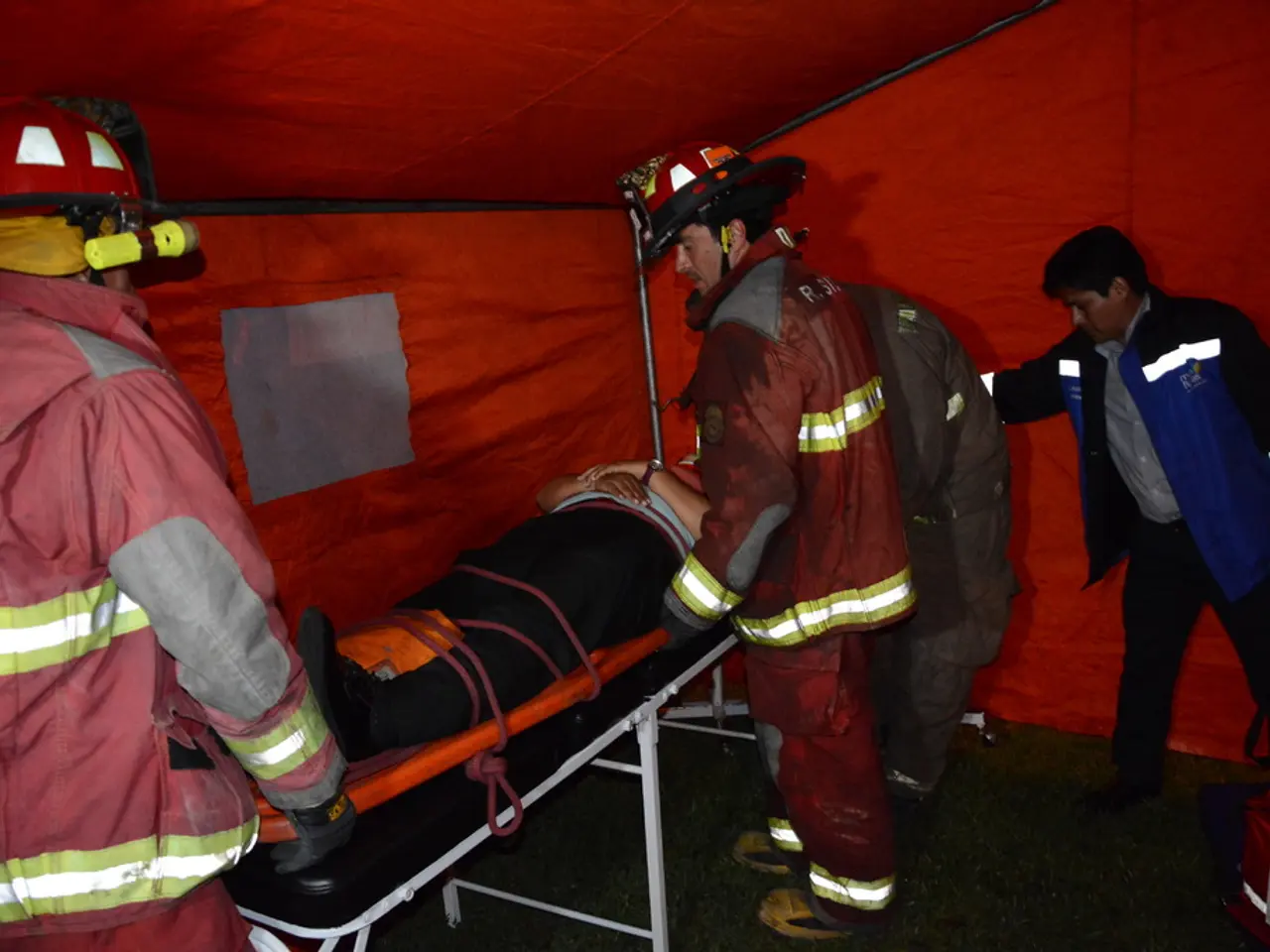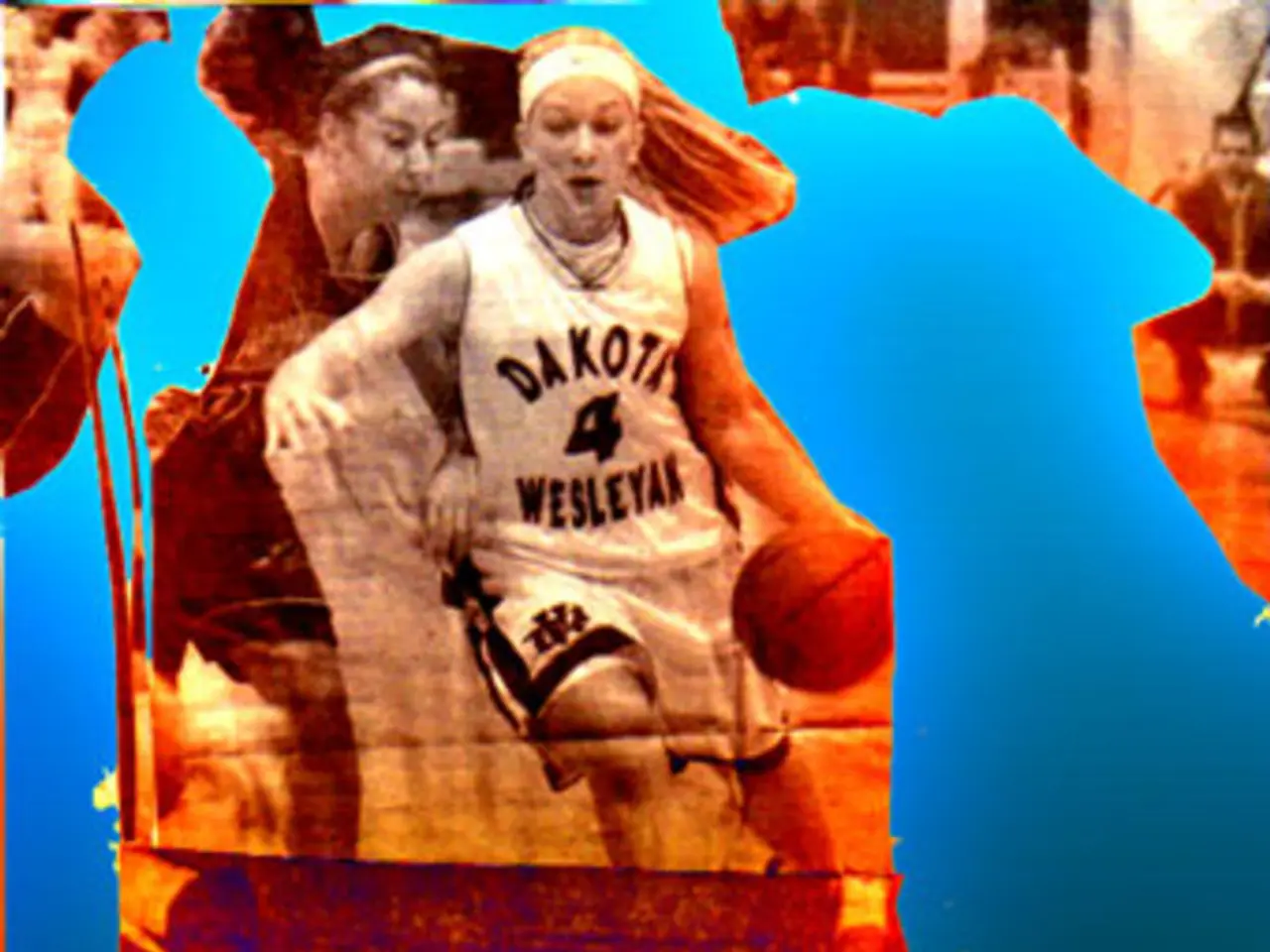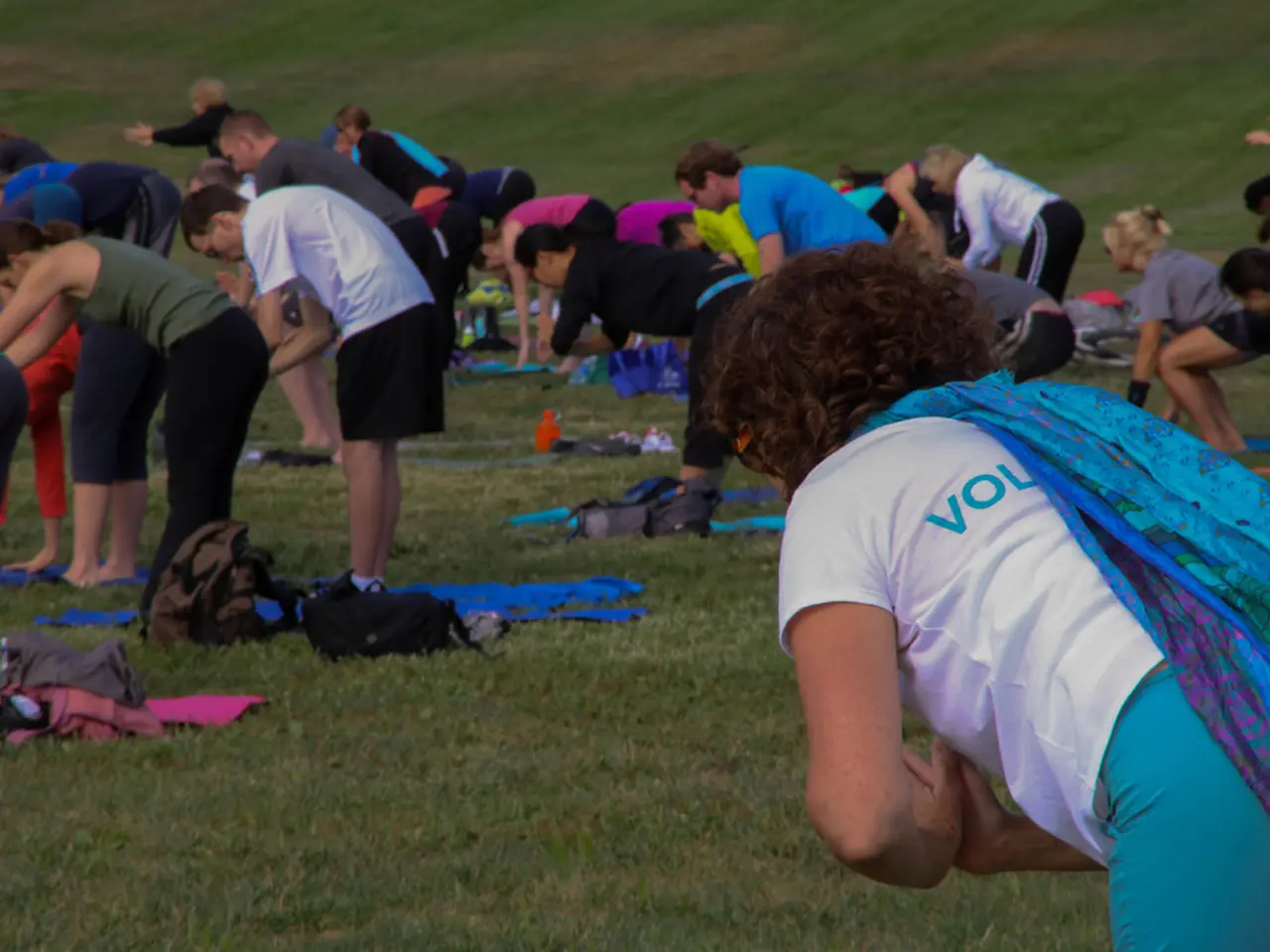Survey Framework for Wilderness Emergency Medical Scenarios: Real-World Application of the CABCDE Approach
The World Extreme Medicine (WEM) adapted ABCDE model has revolutionised primary trauma care in remote environments, offering a practical and field-adapted extension of the traditional ABCDE approach. This model, developed by expedition leaders, military medics, pre-hospital doctors, and remote paramedics, is designed to address the unique challenges of austere, resource-limited settings where trauma care can be particularly difficult.
In contrast to the traditional ABCDE (Airway, Breathing, Circulation, Disability, Exposure) approach, the WEM adapted ABCDE model prioritises catastrophic hemorrhage control upfront. This shift is represented as "CABCDEF" or similar variants, emphasising the immediate need to address life-threatening bleeding, a common cause of preventable death in trauma that is often underemphasised in the classic approach.
The model also incorporates expanded focus on rapid identification and management of critical blood loss. This includes the use of a 3-second trauma check to spot early signs like pallor, diaphoresis, and cold extremities. Furthermore, care providers are encouraged to assess for signs of internal haemorrhage in the chest, abdomen, or pelvis.
The WEM adapted ABCDE model is designed to apply the standard trauma approach in variable, hostile, or improvised environments. It emphasises practical skills and decision-making that are relevant in remote or extreme environments. Before any treatment, it is important to assess the scene for safety and potential environmental threats, and to consider moving the casualty to shelter if necessary.
In terms of the airway, it is crucial to consider the possibility of a cervical spine injury and to use appropriate techniques, such as jaw thrust or basic adjuncts like OPAs or NPAs. Breathing should be assessed and any necessary measures taken to ensure adequate oxygenation.
During the neurological assessment, check pupils and assess motor/sensory function. The AVPU scale can be used as the primary scale for rapid neurological assessment. Hypoglycaemia can mimic reduced consciousness or stroke, so glucose levels should be considered during the neurological assessment.
Prevent further heat loss and rewarm as needed during the assessment. Complete the assessment with full body exposure to look for hidden injuries. Reassess frequently for internal haemorrhage during remote care, as evacuation may take a long time. In the case of a catastrophic haemorrhage, it is crucial to control the bleeding immediately.
The WEM adapted ABCDE model starts with Scene Safety & Shelter (S), followed by Catastrophic Haemorrhage (Big C), Adapted Trauma Survey with Glucose Consideration (ABCDE(g)), Breathing, Disability, and Exposure. The model was initially shared as a simple infographic, but was expanded into a comprehensive blog and downloadable guide due to valuable insights from the WEM faculty.
- The WEM adapted ABCDE model, rooted in remote environments and resource-limited settings, offers a practical extension of traditional trauma care, focusing on catastrophic hemorrhage control upfront in the CABCDEF approach.
- This model encourages rapid identification and management of critical blood loss, training care providers to use a 3-second trauma check for early signs of bleeding, such as pallor, diaphoresis, and cold extremities.
- In extreme or remote environments, the WEM adapted ABCDE model prioritizes scene safety and shelter assessment before any treatment, considering potential environmental threats and moving the casualty to shelter if necessary.
- During the assessment, providers must consider the possibility of a cervical spine injury, using appropriate techniques like the jaw thrust or basic adjuncts like OPAs or NPAs, while ensuring adequate oxygenation for the patient's breathing.
- In the case of disaster relief or space missions, the WEM model's extended focus on health-and-wellness, fitness-and-exercise, and science could be beneficial for providing comprehensive care in austere environments like deserts, wilderness, and even space.
- For healthcare professionals, WEM offers courses and training in these unique approaches to trauma care, crafted by experts in the field, including expedition leaders, military medics, pre-hospital doctors, and remote paramedics.
- To adapt the WEM adapted ABCDE model for practical use in various hostile or improvised environments, constant reassessment for internal haemorrhage, heat loss prevention, and rewarming measures are crucial, especially during long evacuation periods.




